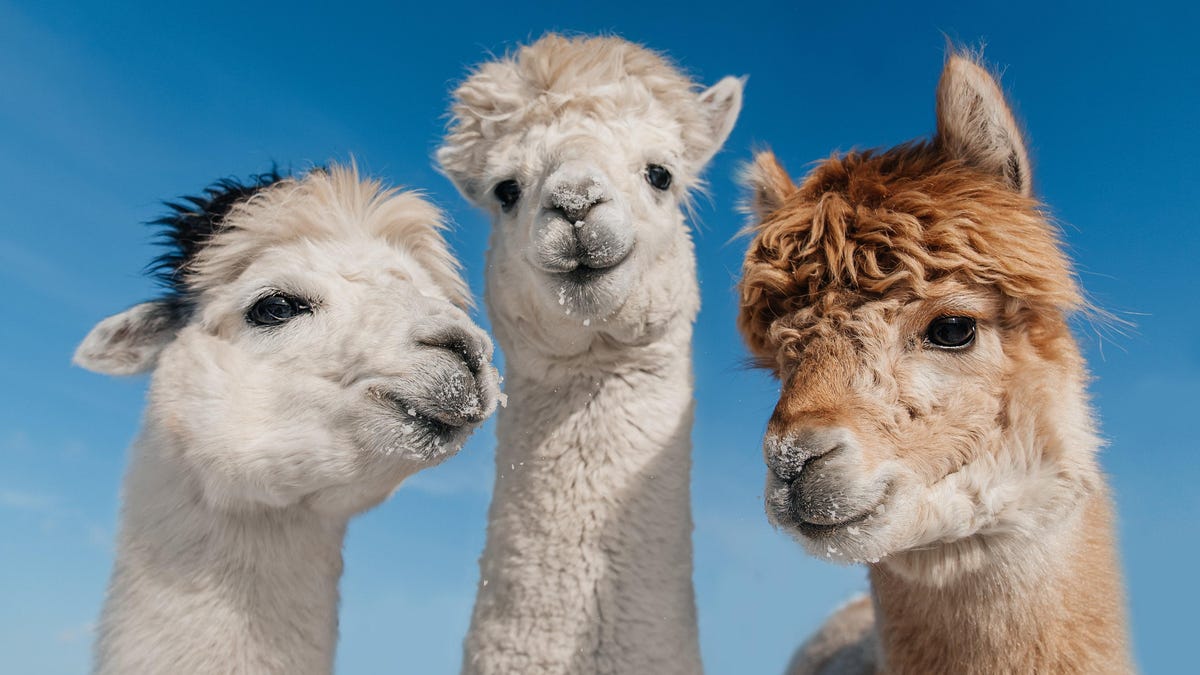Unconventional Alpaca Reproduction Methods
Alpaca reproduction has recently been the subject of a fascinating study that sheds light on the unusual mating tactics employed by these mammals. Unlike most other mammal species, male alpacas have been observed thrusting their penises deep into the uterus of their female partners during copulation, a behavior that has surprised researchers.
Research Insights
The groundbreaking research, conducted by scientists from Mount Holyoke College in Massachusetts in collaboration with the North American Camelid Studies Program’s Nuñoa Project, delved into the intricate reproductive mechanisms of alpacas. Camelids, which include camels, llamas, and alpacas, are crucial livestock animals in regions like Peru, valued for their soft fleece and, in some cases, their meat.
Traditionally, mammalian insemination occurs in the vagina, with sperm traveling through the cervix and uterus to fertilize the egg. In comparison, some species like dogs and horses have penises that can deposit sperm directly into the uterus. However, alpacas stand out due to the males’ unique behavior of penetrating deeply into the females’ reproductive tract.
Study Findings
The researchers meticulously dissected female alpacas post-mating, revealing sperm in their oviducts even as soon as one hour after copulation. They also observed evidence of penile penetration deep into the uterus, causing abrasions and blood vessel breakage throughout the reproductive tract. This meticulous study, published in the journal PLOS-One, provides the first concrete evidence of such complex insemination behavior in alpacas.
Despite the presence of bleeding in female alpacas after intercourse, the researchers stress that there is no indication of sexual conflict within the species. Female alpacas willingly participate in the mating process by assuming a prone position, leading the researchers to suggest that the bleeding may actually facilitate fertilization by promoting an inflammatory response aiding embryo implantation.
Far from being a bizarre anomaly, the peculiar copulatory behavior observed in alpacas may prove beneficial in enhancing fertilization success rates and ensuring successful pregnancies.
Image/Photo credit: source url





